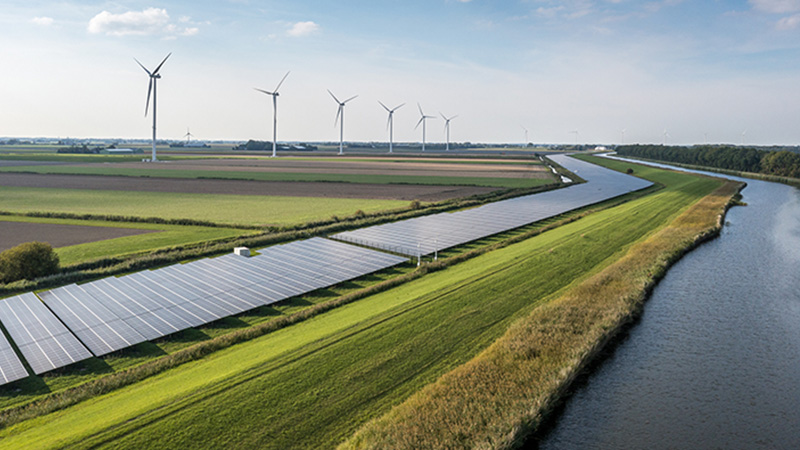He won’t be downgrading the year-end FTSE 100 forecast despite the need for some fireworks as the year draws closer to the end.
“Before we delve into the arguments for and against, let’s be clear about what the forecast is there to achieve,” Foster said.
“We provide an annual index forecast based upon some measures of fair value which we think will indicate the likely potential return based on valuation during the year. Hopefully our forecast will portray whether we think the index is due for a stonker or a stinker of a year, or somewhere inbetween.”
The research team at Brewin Dolphin made its forecast at the beginning of December when the index was at 6,600. They called for it to rise to 7,400 by the end of 2014. According to these figures, the estimated return would be 12.2% in capital terms and 15.9% after dividends.
Right now, with about four months left to run, things are a little behind schedule. The index has only made it to 6,820 providing a return of 4.2% or 7.1% after dividends.
For Foster, a number of mitigating features of the UK partially explain how lacklustre economic performance has been.
Currency
The strength of the pound versus the dollar partly explains about 1% of the underperformance of the UK and outperformance of the US, relative to the team’s forecasts.
Seasonal tendency
The first quarter was a washout for shares overall, driven by investors who may have been somewhat over-optimistic.
The investors adage “sell in May and go away, come back on St Ledger’s Day” reflects somewhat the performance of the market over the year, with the first and last quarters often, but not exclusively, the better ones.
“We’re looking for something close to an 8% return in the final third of the year,” Foster said.
“For convention’s sake if we just take quarterly returns, the final quarter does have returns which are skewed to the upside, they have a fat right tail. The relationship isn’t strong enough to build an investment strategy on, but more often than not we would expect to get more of our return in the first and fourth quarters than in the second and third.”
Geopolitical events
Contributing to the general performance pattern, there were also some events which were difficult to forecast.
One was the US polar vortex weather pattern which depressed economic activity in the first quarter. The second was the crisis in Ukraine which drove heightened risk aversion.
The mutually harmful nature of sanctions between European and Russia could make a breakthrough very possible, according to Foster.
At a recent asset allocation meeting, the team trimmed its equity exposure modestly in recognition of the increased risk from geopolitical crises. However, there doesn’t seem a strong enough probability of an escalation to justify cutting the 2014 forecast, Foster noted.
Original forecasts
Looking back on the original forecasts based on fundamental modelling, Foster said that the most meaningful change to valuation has occurred through a fall in the discount rate or opportunity cost of equity ownership.
“Throughout the developed world we were expecting a cyclical rise in bond yields as investors continue to price in a reflation cycle. Instead we have seen them trade sideways and more recently lower,” he explained.
With extra monetary stimulus appearing increasingly likely in the Eurozone and a dovish tone from other developed market central bankers the likelihood is that bond yields will remain below original forecasts by the end of the year.
One way of demonstrating this is through the equity risk premium.
“We take this as being the difference the between the return on equity and the ten year government bond yield, which we reach by dividing the earnings by book value of equity. The equity risk premium has been a more reliable forecaster of equity returns than price earnings ratio.”
Although the chances of a low double digit capital return have diminished slightly, there are as many reasons to be more optimistic about equity returns from here as there are to be pessimistic.
“Reducing our forecast would not convey this message,” Foster added.










